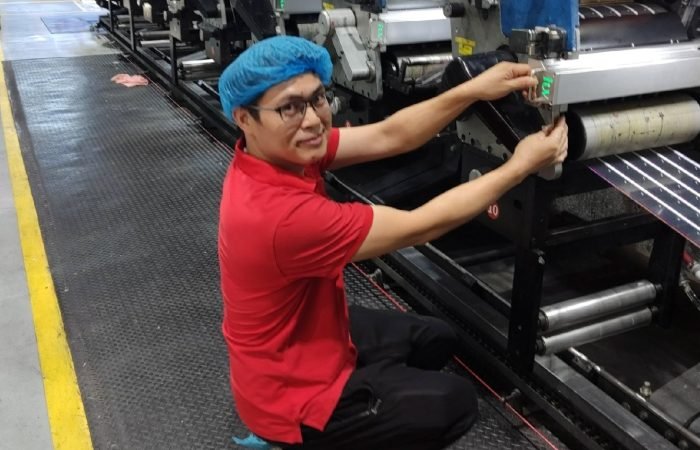The demand for durable, high-quality prints has skyrocketed across packaging, labels, and commercial printing. Traditional curing methods struggle to keep up with modern requirements for scratch resistance, chemical stability, and color retention. UV LED curing systems emerged as game-changers, delivering instant curing while addressing environmental concerns. Let’s explore how this technology revolutionizes print durability across key applications.
Label Printing’s New Frontier
Pressure-sensitive labels face constant wear from handling, moisture, and UV exposure. Conventional mercury lamps often overheat thin label stocks, causing warping or adhesive degradation. UV LED systems operate at lower temperatures, preserving material integrity while achieving 98% cure rates. The precise 365-405nm wavelength range penetrates inks without damaging substrates, creating chemical bonds that withstand alcohol wipes and abrasion. Avery Dennison’s tests show LED-cured labels maintain 95% adhesion strength after 1,000 scuff cycles – a 40% improvement over solvent-based alternatives.
Flexo Printing’s Speed Upgrade
Flexographic printers using water-based inks traditionally battled slow drying times and ink spread. UV LED curing halts dot gain in its tracks, locking pigments in place within 0.1 seconds. This instant fixation allows tighter screen rulings – 200 lpi designs now hold crisp details on corrugated boards. Esko’s HD Flexo users report 70% reduction in make-ready waste when pairing LED curing with digital plates. The technology’s secret lies in photoinitiators tuned to specific wavelengths, creating cross-linked polymer networks that resist cracking during substrate flexing.
Offset Printing’s Durability Leap
Sheetfed offset applications like premium packaging require surface toughness. UV LED systems enable energy-curable offset inks that achieve pencil hardness of 3H on coated stocks. Unlike thermal curing, the cold process prevents paper brittleness. KBA’s Rapida presses with LED modules demonstrate 300% faster curing for metallic inks compared to IR drying. The result? Foil effects that resist delamination and inks that withstand sterilization cycles in medical packaging.
Narrow Web’s Efficiency Edge
In-mold labels and shrink sleeves demand extreme elasticity. LED-cured inks maintain 200% stretch capacity without cracking – crucial for PET bottle applications. Mark Andy’s Performance Series presses achieve 250 fpm with LED curing, maintaining consistent cure depth across variable web speeds. The absence of ozone emissions eliminates ventilation needs, reducing energy costs by 60% versus conventional UV systems.
Chemistry Meets Engineering
Superior durability stems from optimized formulations. LED-curable inks contain:
- Oligomers with branched molecular structures for impact resistance
- Monomers like TPGDA balancing flexibility and hardness
- Photoinitiators (e.g., TPO-L) with peak absorption at 395nm
- Nanoparticle additives (SiO2, Al2O3) enhancing scratch resistance
This cocktail creates films with tensile strength exceeding 25 MPa, compared to 8-12 MPa for air-dried inks. Post-cure properties matter too – LED systems provide 10-15% higher crosslink density than mercury lamps, as shown in FTIR analysis.
Sustainability Drives Adoption
Beyond performance, UV LED systems slash energy use by 70% with 25,000 hour lifespans. Printers eliminate mercury waste and VOCs while achieving ISO 20690 compliance. A recent Smithers study predicts 60% of UV curing units will be LED-based by 2026, driven by regulatory shifts and brand sustainability mandates.
Implementation Considerations
Transitioning requires evaluating:
- Substrate compatibility (some thermal-sensitive films need IR filters)
- Ink rheology adjustments for proper wetting
- Reflector designs ensuring even irradiance
- Cooling systems maintaining diode efficiency
Leading integrators like GEW and Phoseon offer spectral matching services to align emitter configurations with ink chemistries.
From wine labels surviving ice baths to cosmetic packaging resisting acetone, UV LED curing redefines print endurance. As material scientists develop UV-stable pigments and resin systems, expect even broader applications in industrial printing. The technology doesn’t just meet current durability demands – it future-proofs print products against evolving market challenges.












